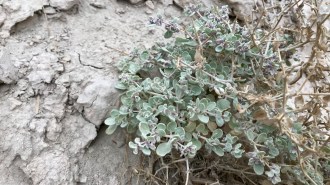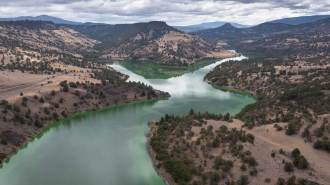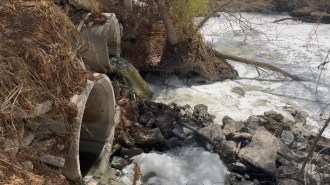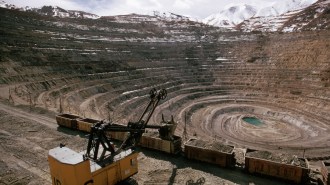More toxic chemicals found in oil and gas wastewater
High levels of ammonium, iodide can harm aquatic life, contaminate tap water
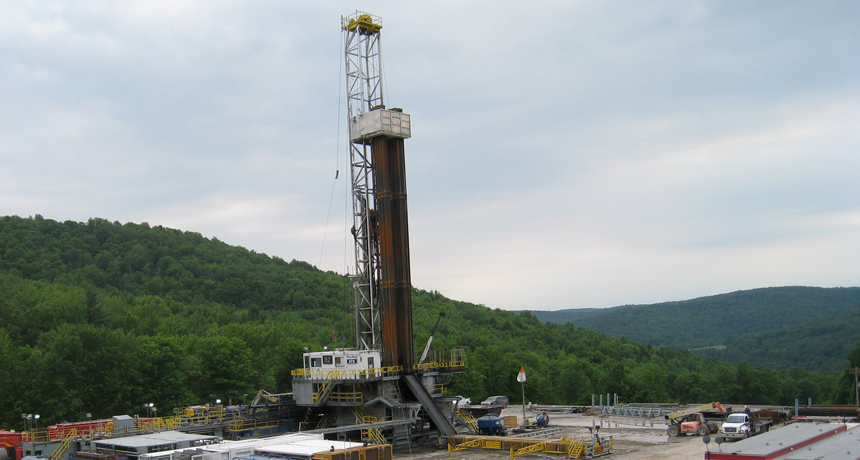
FOUL FLOW Wastewater from gas and oil drilling, like from this site in Pennsylvania, carries toxic levels of ammonium and iodide that can harm aquatic life and taint tap water.
Avner Vengosh, Duke University

